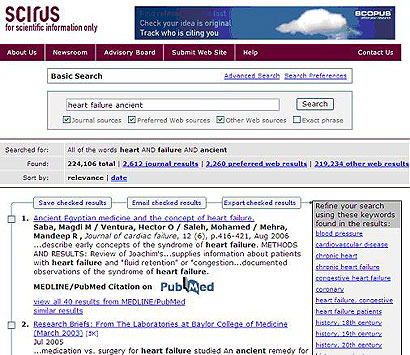In 1965,
Gordon Moore, one of the founders of Intel Corporation, made the astounding prediction that the number of transistors that could be fit in a given area would double every 18 months for the next ten years. This it did and the phenomenon became known as
Moore's Law.
The history of nanotechnology begins with a lecture titled, '
There's Plenty of Room at the Bottom' a talk given by physicist
Richard P. Feynman at an
American Physical Society meeting at Caltech on December 29, 1959; "there is nothing besides our clumsy size that keeps us from using this space. In his time, it was not possible for us to manipulate single atoms or molecules because they were far too small for our tools." His speech was completely theoretical and seemingly fantastic. He described how the laws of physics do not limit our ability to manipulate single atoms and molecules. Instead, it was our lack of the appropriate methods for doing so. However, he correctly predicted that the time would come in which atomically precise manipulation of matter would inevitably arrive.
Here is a shot vedio about the history of nanotecgnology found on Youtube,
The term "nanotechnology" was first defined by Norio Taniguchi of the Tokyo Science University in a 1974 paper as follows: "'Nano-technology' mainly consists of the processing of, separation, consolidation, and deformation of materials by one atom or one molecule." Since that time the definition of nanotechnology has generally been extended to include features as large as 100 nm. The idea that nanotechnology embraces structures exhibiting quantum mechanical aspects, such as quantum dots, has further evolved its definition.
The history of nanotechnology in chronological order,
1959"There's Plenty of Room at the Bottom," a talk given by physicist Richard Feynman at an American Physical Society meeting at Caltech.
1974Taniguchi uses term "nano-technology" in paper on ion-sputter machining
1977Drexler originates molecular nanotechnology concepts at MIT
1981First technical paper on molecular engineering to build with atomic precision
STM invented
1985Buckyball discovered
1986First book published,AFM invented,First organization formed
1987First protein engineered,First university symposium
1988First university course
1989First national conference,IBM logo spelled in individual atoms
1990Japan's STA begins funding nanotech projects,First nanotechnology journal
1991IBM endorses bottom-up path,Japan's MITI commits $200 million,Carbon nanotube discovered
1992First Congressional testimony,First textbook published
1993First coverage of nanotech from White House,First Feynman Prize in Nanotechnology awarded,"Engines of Creation" book given to Rice administration, stimulating first university nanotech center
1994Nanosystems textbook used in first university course
1995First industry analysis of military applications,First think tank report
1996First European conference,NASA begins work in computational nanotech,$250,000 Feynman Grand Prize announced,First nanobio conference
1997First company founded,First design of nanorobotic system
1998First NSF forum,First DNA-based nanomechanical device
1999First safety guidelines,First Nanomedicine book published
2000President Clinton announces U.S. National Nanotechnology Initiative
2001First report on nanotech industry
2002First nanotech industry conference
2003Call for balancing NNI research portfolio,Drexler/Smalley debate is published in Chemical & Engineering News
2004First policy conference on advanced nanotech,First center for nanomechanical systems
2005At Nanoethics meeting, Roco announces nanomachine/nanosystem project count has reached 300
![]()







 They wanted to grow tiny carbon tubes with tiny diamonds.But the results were not as expected. Instead, the experiment altered the surface area of the nanotubes, creating wing-like extensions. Even though the result wasn't what the experimenters were looking for, these modified surfaces may push nanotubes further into the world of practical and applied materials and systems. It also provides insight into how to synthesize an emerging class of material called ''nanocarbons,'' which consist of different allotropes -- the same elements with different molecular structures -- of carbon combined at the nanoscale to yield new materials with unique properties.
They wanted to grow tiny carbon tubes with tiny diamonds.But the results were not as expected. Instead, the experiment altered the surface area of the nanotubes, creating wing-like extensions. Even though the result wasn't what the experimenters were looking for, these modified surfaces may push nanotubes further into the world of practical and applied materials and systems. It also provides insight into how to synthesize an emerging class of material called ''nanocarbons,'' which consist of different allotropes -- the same elements with different molecular structures -- of carbon combined at the nanoscale to yield new materials with unique properties. A chemical method can unzip multiwalled carbon nanotubes (MWNTs) along their lengths to produce ribbonlike strips of graphene, according to researchers in Mexico.These graphene nanoribbons, which are elongated one-atom-thick strips of carbon, exhibit tantalizing mechanical and electronic properties. The materials are under study for applications ranging from hydrogen storage and battery electrodes to polymer nanocomposites and sensors.
A chemical method can unzip multiwalled carbon nanotubes (MWNTs) along their lengths to produce ribbonlike strips of graphene, according to researchers in Mexico.These graphene nanoribbons, which are elongated one-atom-thick strips of carbon, exhibit tantalizing mechanical and electronic properties. The materials are under study for applications ranging from hydrogen storage and battery electrodes to polymer nanocomposites and sensors.



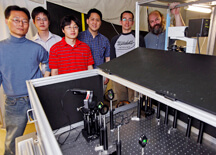
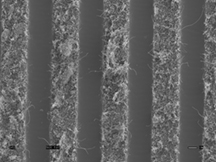

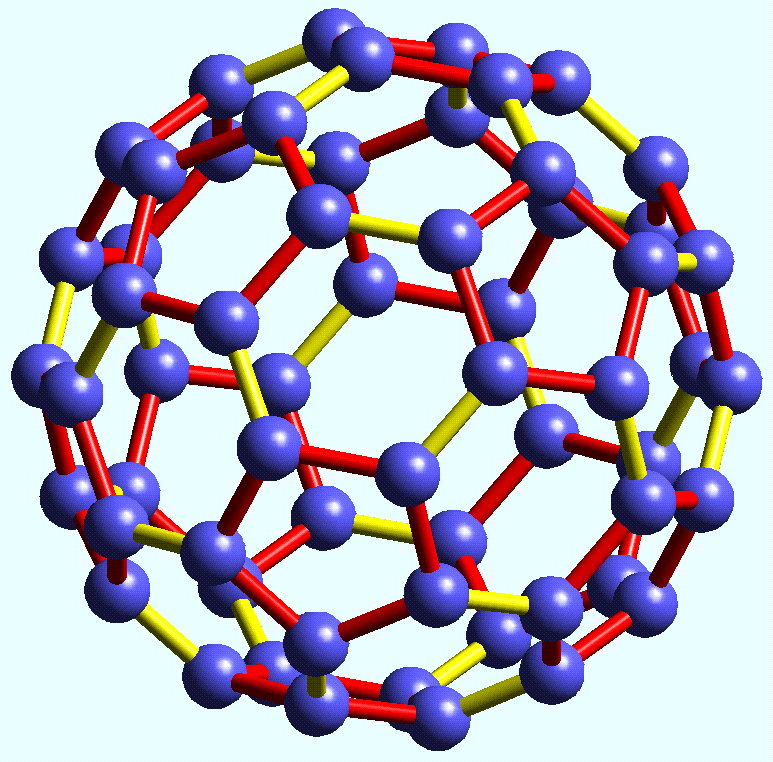
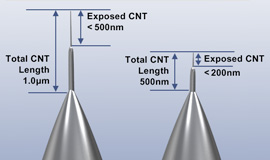
 A team of researchers led by Wolfgang Tremel at
A team of researchers led by Wolfgang Tremel at  Scientists at the University of Delaware say they have developed a new hydrogen storage method-carbonized chicken feather fibers; that can hold vast amounts of hydrogen.
Scientists at the University of Delaware say they have developed a new hydrogen storage method-carbonized chicken feather fibers; that can hold vast amounts of hydrogen. Annual Reviews is proud to publish authoritative, analytic reviews in 37 focused disciplines within the Biomedical, Life, Physical, and Social Sciences. Annual Reviews publications are among the most highly cited in scientific literature. Annual Reviews offers publications in print and online to individuals, institutions, and consortia throughout the world.
Annual Reviews is proud to publish authoritative, analytic reviews in 37 focused disciplines within the Biomedical, Life, Physical, and Social Sciences. Annual Reviews publications are among the most highly cited in scientific literature. Annual Reviews offers publications in print and online to individuals, institutions, and consortia throughout the world. Publisher of college textbooks for higher education, career colleges, lifelong learning, government and corporate training.
Publisher of college textbooks for higher education, career colleges, lifelong learning, government and corporate training. Cengage Learning delivers highly-customized learning solutions for universities, instructors, students, libraries, government agencies, corporations.
Cengage Learning delivers highly-customized learning solutions for universities, instructors, students, libraries, government agencies, corporations. Academic Press has been a leading publisher of scientific books for more than 65 years. For scientific and medical researchers, Academic Press provides high quality scientific reference and academic content. From neuroscience to earth science, Academic Press is committed to publishing a wide variety of superior quality content from today’s leading experts.
Academic Press has been a leading publisher of scientific books for more than 65 years. For scientific and medical researchers, Academic Press provides high quality scientific reference and academic content. From neuroscience to earth science, Academic Press is committed to publishing a wide variety of superior quality content from today’s leading experts. Publishers of accessible professional and academic books in the social and behavioural sciences.
Publishers of accessible professional and academic books in the social and behavioural sciences.





 The best and biggest search engine.You can search for PDF files by entetering "filetype:pdf" after your keywords.Eg:-
The best and biggest search engine.You can search for PDF files by entetering "filetype:pdf" after your keywords.Eg:- 
 Learn how to do just about everything at eHow, the world's most popular place to find How To instructions.
Learn how to do just about everything at eHow, the world's most popular place to find How To instructions. 


 DeeperWeb is an innovative search engine plugin and an essential Firefox addon for Google.
DeeperWeb is an innovative search engine plugin and an essential Firefox addon for Google.






